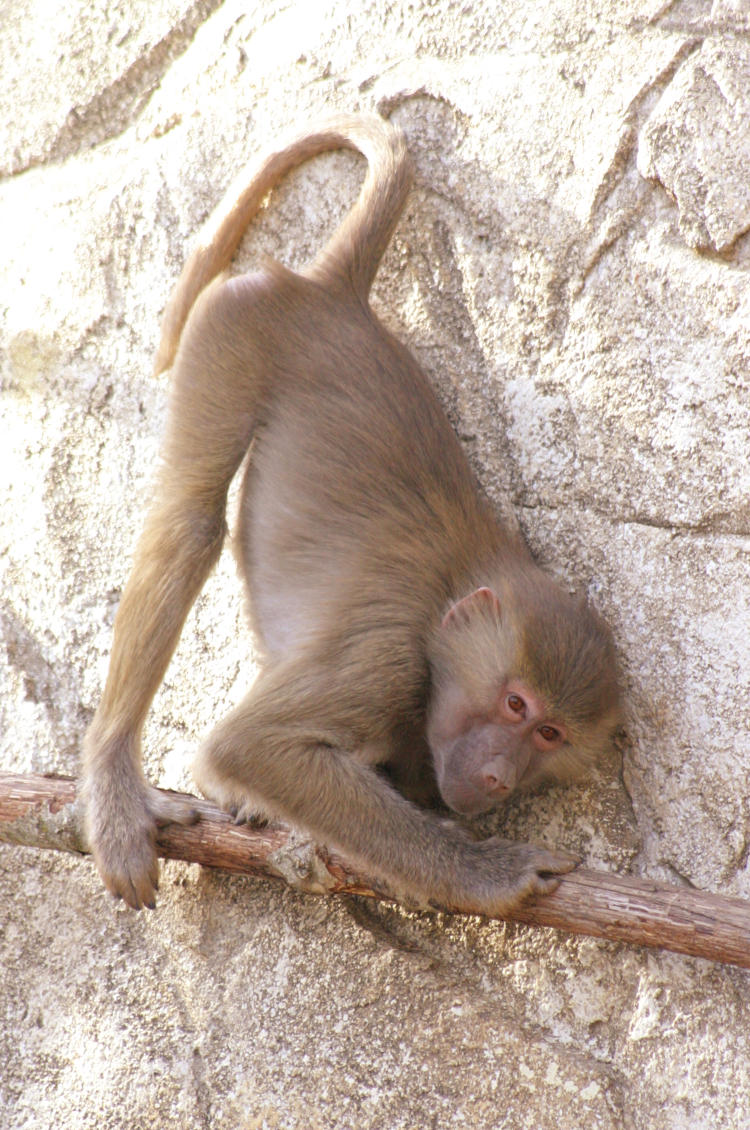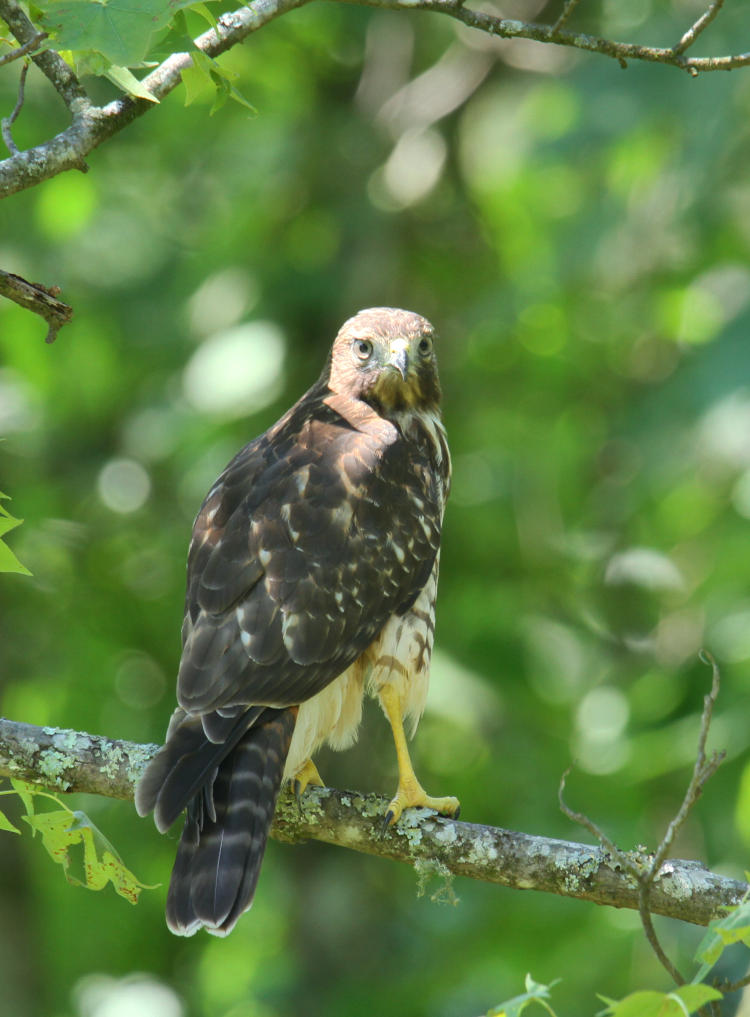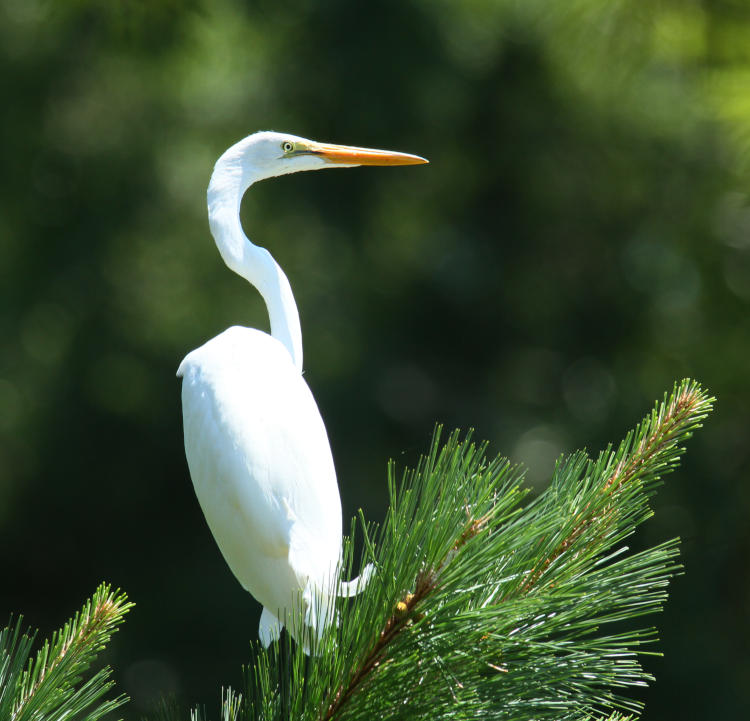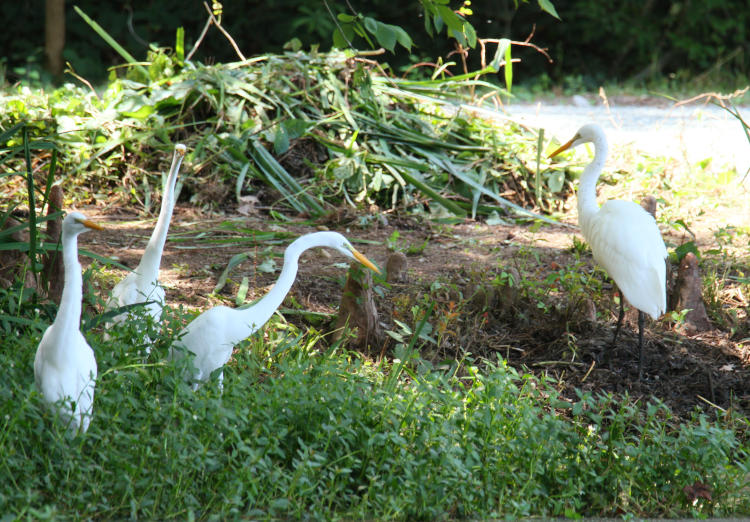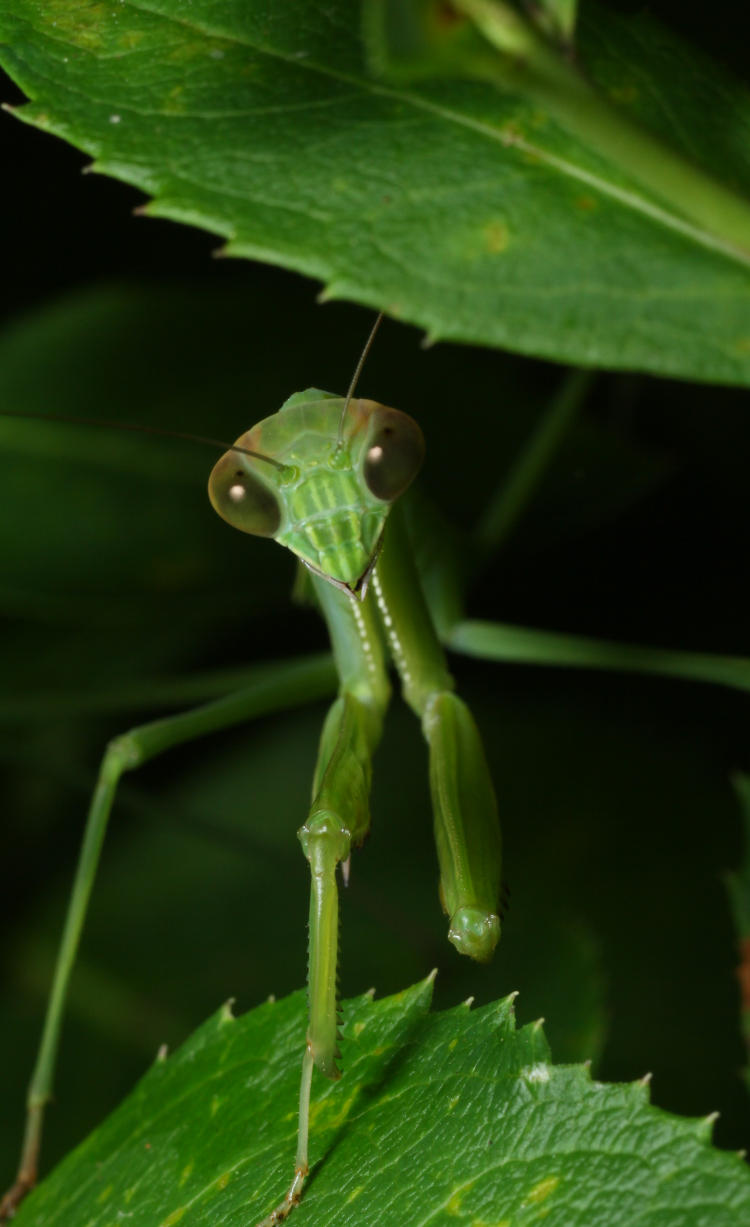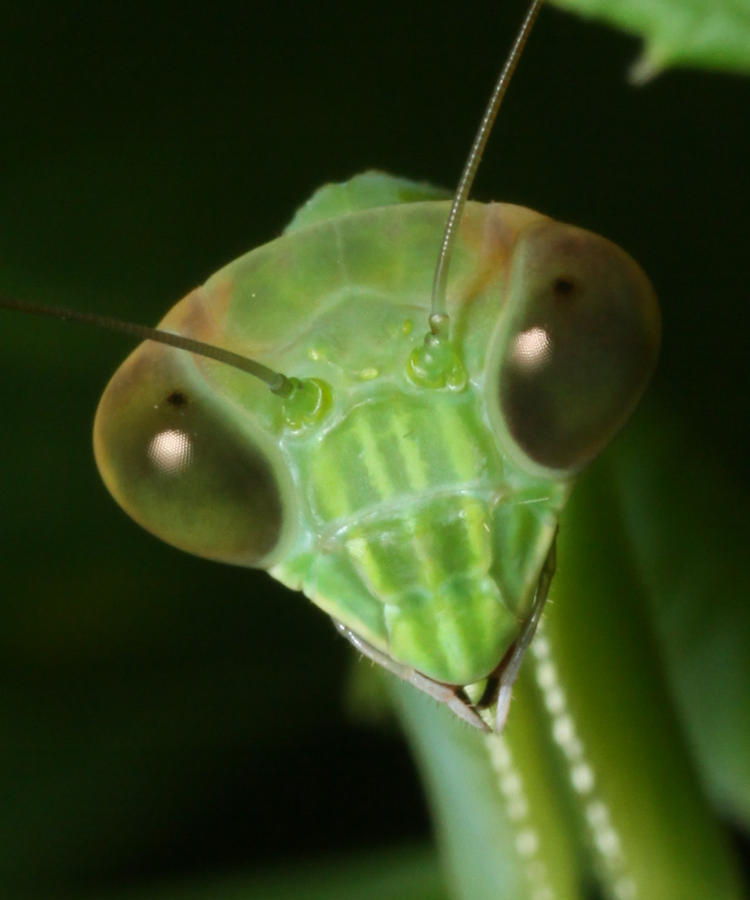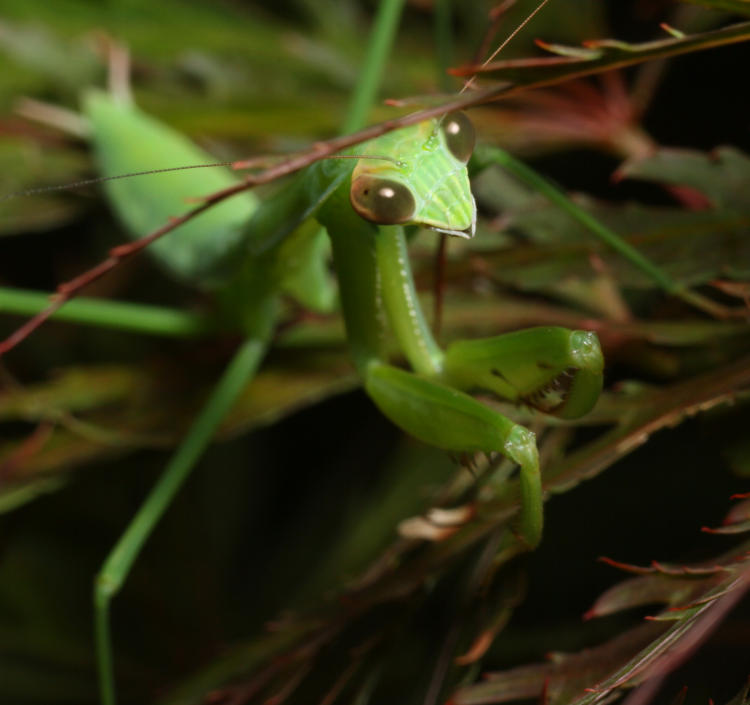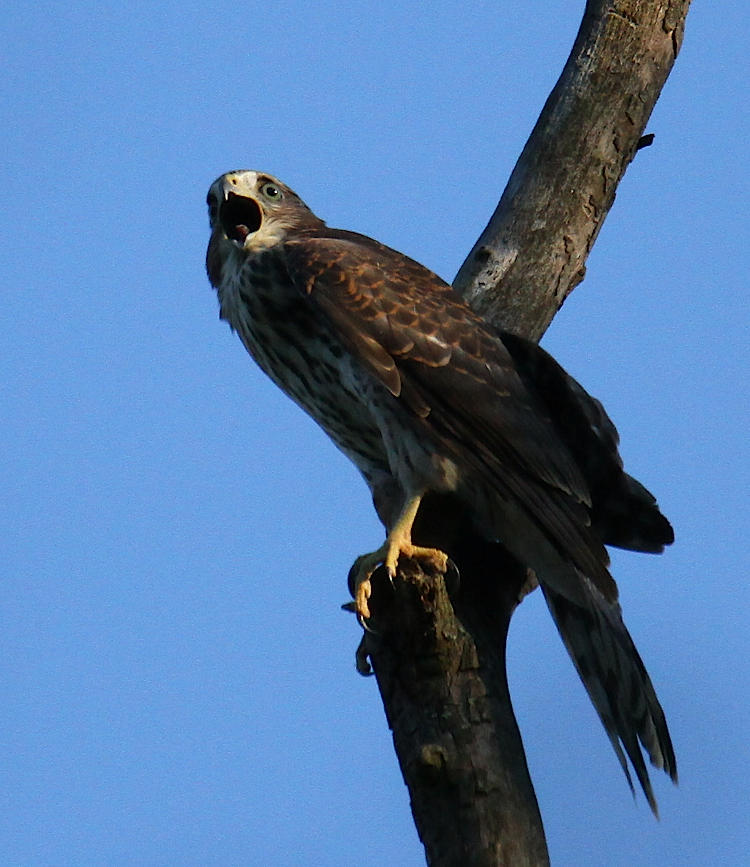It’s been a while getting to this point, because I had to shoot some video for it, which took even longer because I had to reshoot one of the clips when it turned out badly, and then of course all the editing and voiceover hoohah that goes along with it.
Anyway, what we’re talking about today are fossils. On the trip up to central New York last month, I got the chance to revisit a fossil field not too far away and collected a nice pile of them, effortlessly, really. I took this opportunity because I’m fascinated with fossils, and there is virtually no chance of finding any within a few hundred kilometers of Walkabout Studios in NC, due to the geology: what exists here is ancient seabed, remarkably far underground, and the only way to find the fossil-bearing layers is to be within a deep quarry. But the Finger Lakes region of NY is a different matter, and while the fossils there are old (waaaayyyy before dinosaurs of any kind, way before any land animals,) they’ve been exposed by the glacial activity that made the lakes themselves. This does mean that they’re mostly very peculiar looking and unrecognizable unless you’ve studied those periods of time, which I haven’t, so relying on me to explain just what you’re seeing is foolish. But let’s start with the video.
And now, some closeups of a few of those, and others, for some real detail:
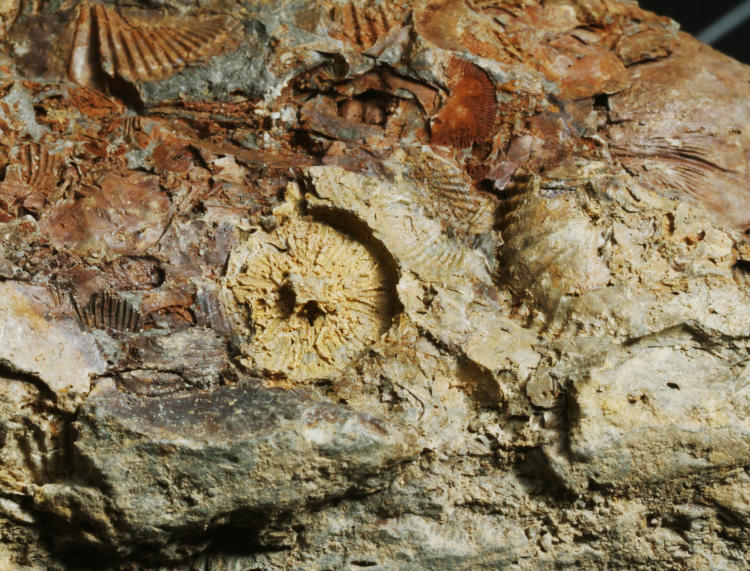
The hockey-puck-like critters are fairly common, but this is the first I’ve seen where the radial detail is so well-defined. I really should do a bunch of research to tell you what these are, but I’m lazy.

Can’t even speculate on these, but the color difference is marked. Also, look to the upper right, and you’ll see the edge of a preserved shell again, the whitish portion bordering the cream-colored arc.
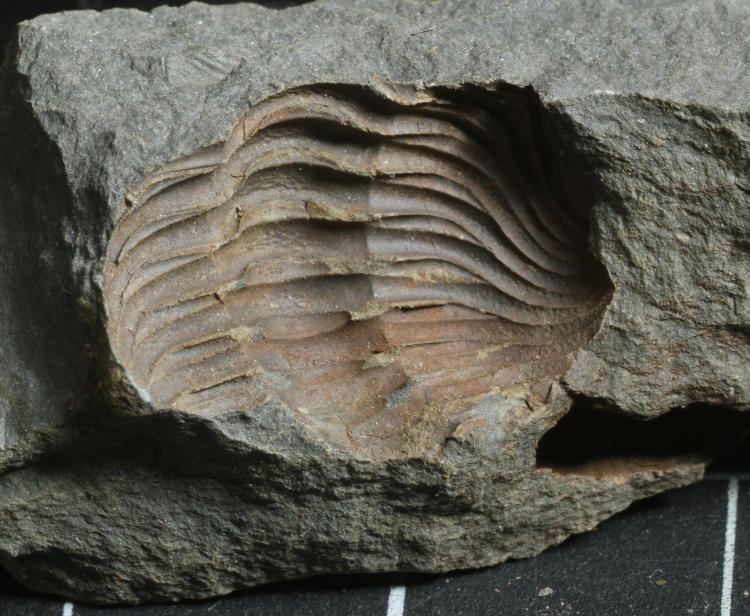
While small, the relief and defined edges on this one is remarkable, almost appearing sharp enough to cut someone. It speaks to how fine the sediment was. The lines of the mat underneath are half-inch blocks, so about 12mm apart.
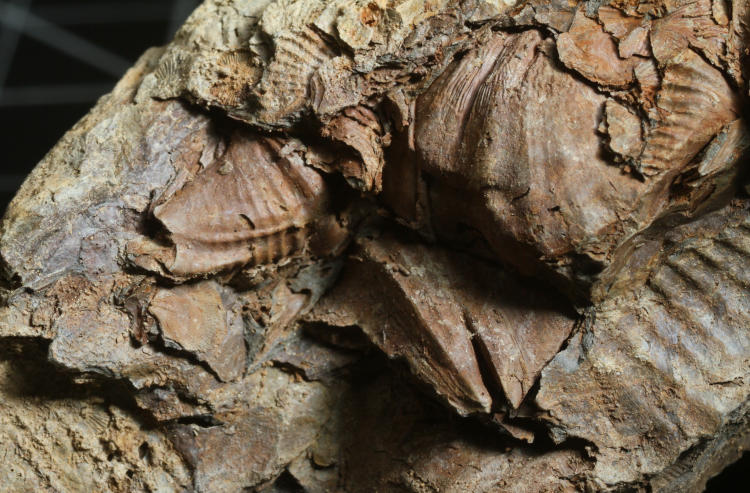
A closer look at the maybe-trilobite seen in the video, to the left, with lots of company. Resist the urge to spell it, “trilobyte” – I know I have to constantly remind myself.
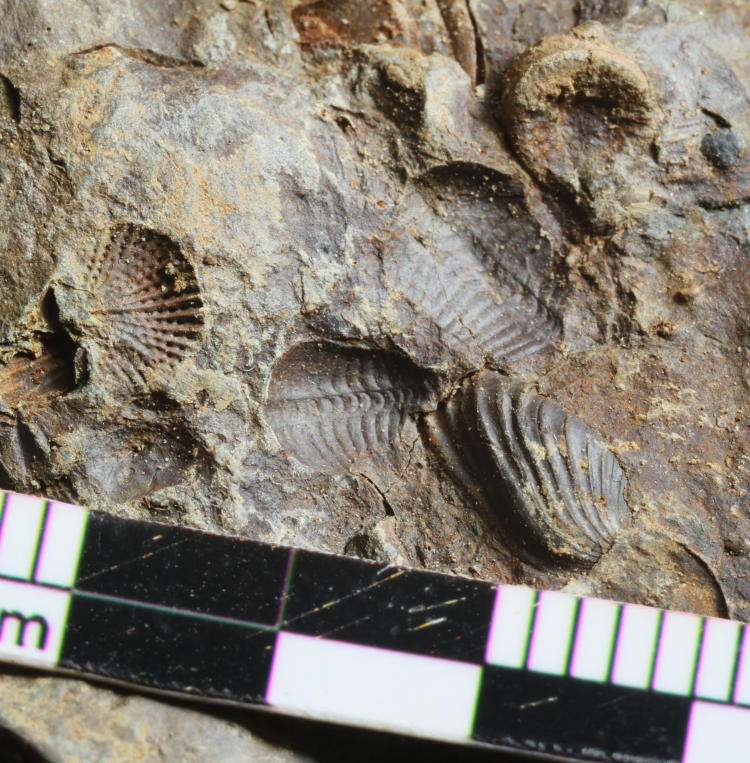
Now this is definitely a pair of trilobites, in the center, with some classic-looking shells and a hockey puck. Not big, of course, hardly anything to show off, but distinct nonetheless. That’s a millimeter scale, so roughly 5mm in length.
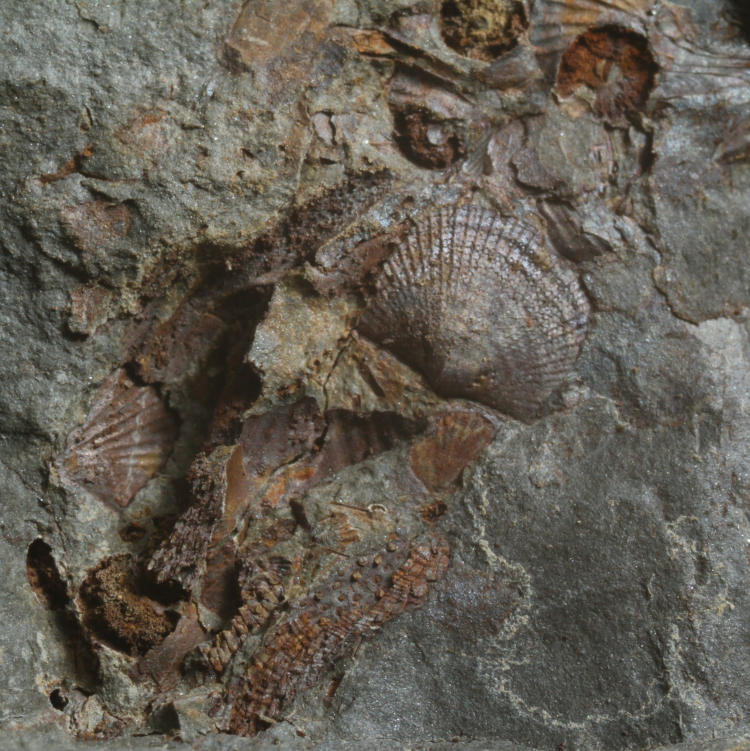
Again, some recognizable shellfish and, what, some vegetation? Really cool textures, anyway.
I remarked before about the longevity of the scallop shape, trivially changed over a period of 400 million years. If it works, it works, even though our egotistic perspective would usually consider them, “primitive.” Less than 10 million years ago, we were 1/3 our present size and tree-dwellers, and 65 million years ago, close to rats in shape. Hoity-toity.
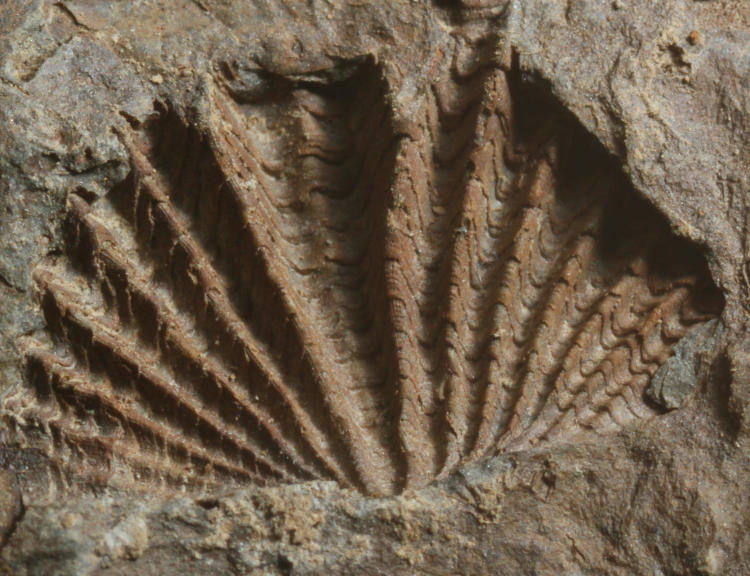
Again, not very big, but the fine detail preserved within those grooves is astounding, requiring high magnification to appreciate. I may revisit this one later on.

A snake? Not at all, though something wormlike cannot be ruled out, but I’m leaning towards vegetation, myself. A few millimeters in width, length tops out at maybe 50.
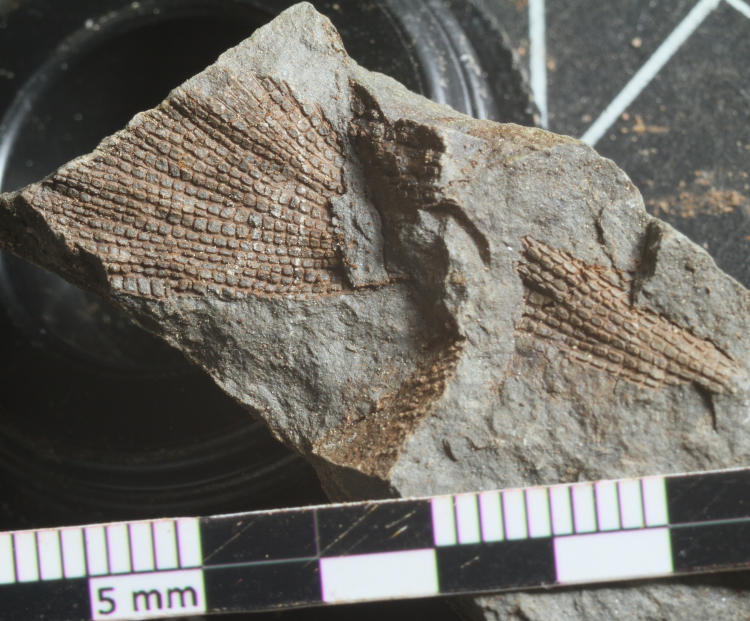
A better look at one from the video, almost certainly a leaf, but again, the detail is impressive, and you can see how it disappears under the rock and reappears. Yes, one day I’ll try to remove that, but unlike much of the rest, this bit seems solid and unyielding.
All of those were from one specific area on the edge of Skaneateles Lake, a few kilometers from Carpenters Falls – down North Glen Haven Road/Rt 66A, if you want to know, and to the best of my knowledge it’s a right-of-way and not someone’s property, but don’t quote me on that. There was evidence of others doing the same fossil-hunting there, anyway. But two lakes and thirty-some kilometers west at Cayuga Lake, at the Gatsby mansion where I was staying (because you know the income from nature photography demands only the finest accommodations,) some old walls, made of stone quarried only a few hundred meters away right on the lake shore, showed their own collection of fossils, though mostly nondescript shellfish; this time I did some scale shots.

This stuff was not about to be broken apart by hand, as the quarried edges imply, but at the same time, nothing appeared interesting enough to even make the attempt. A few kilometers north of here, on the farm where I grew up, we had a retaining wall with a similar such rock, deeply embedded with shells and impressions, and no way to separate a specimen that could be lifted, much less pocketed.
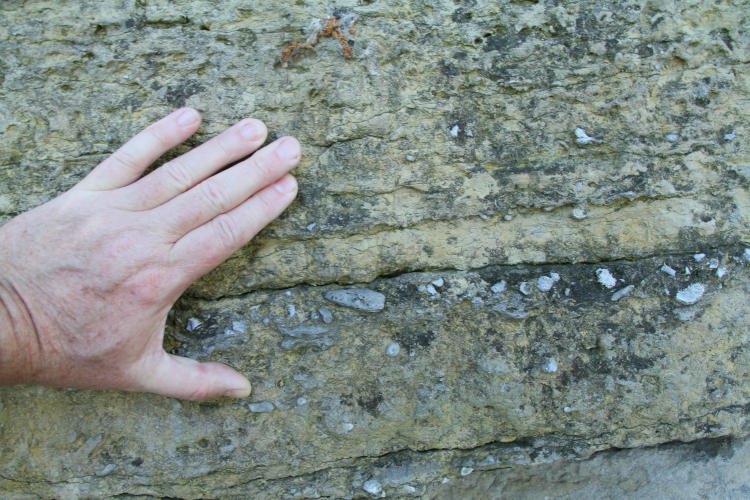
I’m going to cheat a little, because as I said, we never hiked to a good vantage of Carpenters Falls this time, so here’s a photo from 2009 to illustrate something.
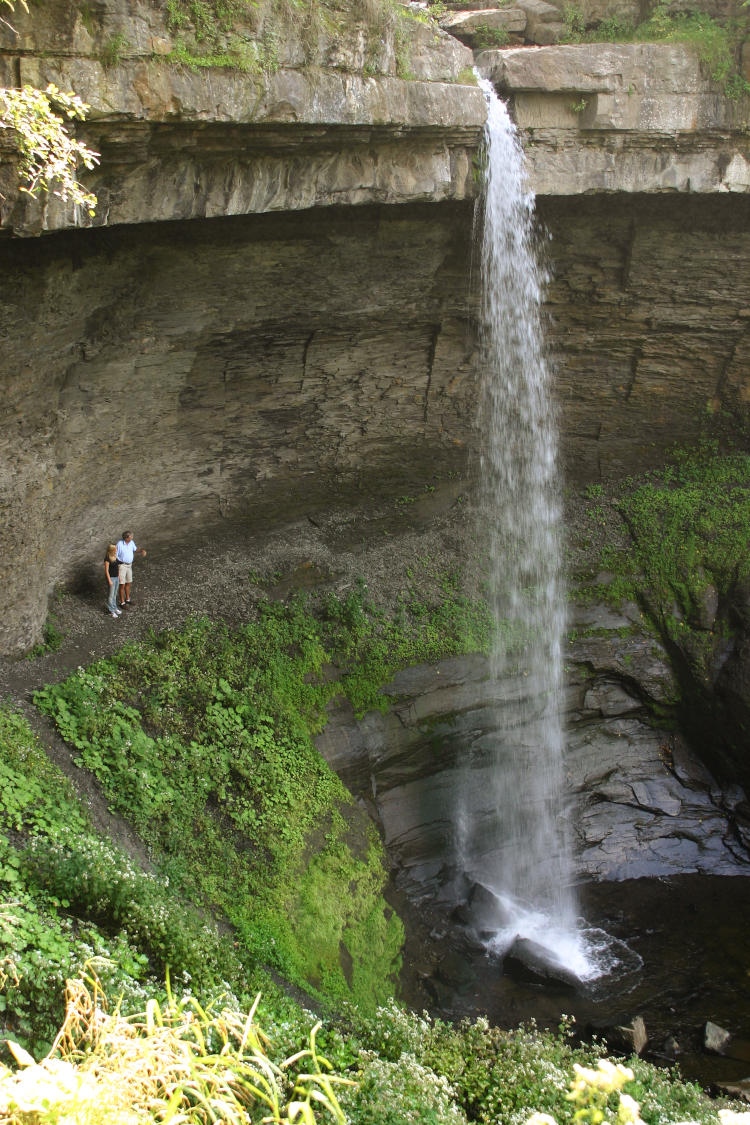
As you can see, the entire region is largely slate, layers upon layers of sediment built up over millions of years, but only very select portions seem to bear any fossils at all. The conditions have to be just right, oxygen-free mud or ash or whatever and a serious accumulation of it all at once, else the dead organisms simply decompose or are scavenged. But when there are fossils, there tends to be millions of them all together. The spot seen in the video is some 20 meters lower in elevation than the bottom of the falls, and my brother has remarked that he’s never found any fossils around the base of these falls, implying that fossil-bearing layers in this visible, broad timeline of sedimentary deposition are few, if not nonexistent. Odd, but that’s the way it goes.
* * * *
A few, largely unrelated notes. In the video, you’ll hear a distinct difference in quality and timbre between the narration recorded after the fact with the proper podcasting microphone, and the stuff recorded on the fly with the mic built into the camera body – I probably should have at least donned a lapel mic, but oh well.
The rig was worthy of some illustrations, too, especially for the reshoot, since the first clip had focus issues – the range of sharp focus was short, and I wasn’t very good at keeping the rocks I was handling within that range. For the reshoot, I had the external monitor attached and supported in front of me, so while my hands were pointing out details, my head was bent down with my eye up to the magnifying viewfinder eyecup half of the time. Camera on the tripod with the lateral arm extended for a near-vertical perspective (one leg up on the desk itself right alongside my keyboard,) two lamps, and my arms snaking amongst it all to be in front of the camera.
Oh, and Monster decided she wanted to hang out, but in clearing the space for shooting video, I’d covered over her main desktop bed (there are two beds on my desk for the cats, because they insist) – so she’d stretched out just beyond the video setting, above the mat, and was fast asleep during the shoot, just outside the view of the camera. I kind of expected her to interrupt the video, but she behaved herself very nicely.























































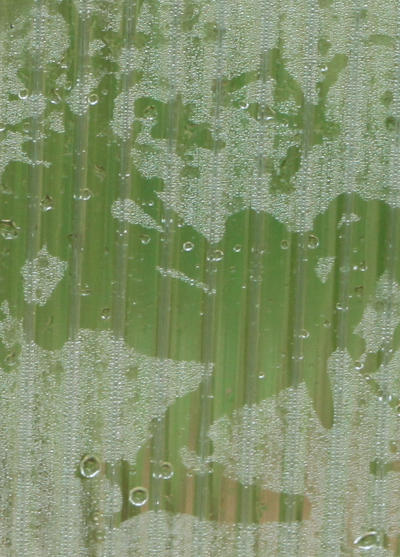 There’s actually an impression/outline of the body in there, as well as some outlying limbs, especially at upper right with the widespread toes. This is, of course, evidence of a treefrog having gotten inside during the night.
There’s actually an impression/outline of the body in there, as well as some outlying limbs, especially at upper right with the widespread toes. This is, of course, evidence of a treefrog having gotten inside during the night.











